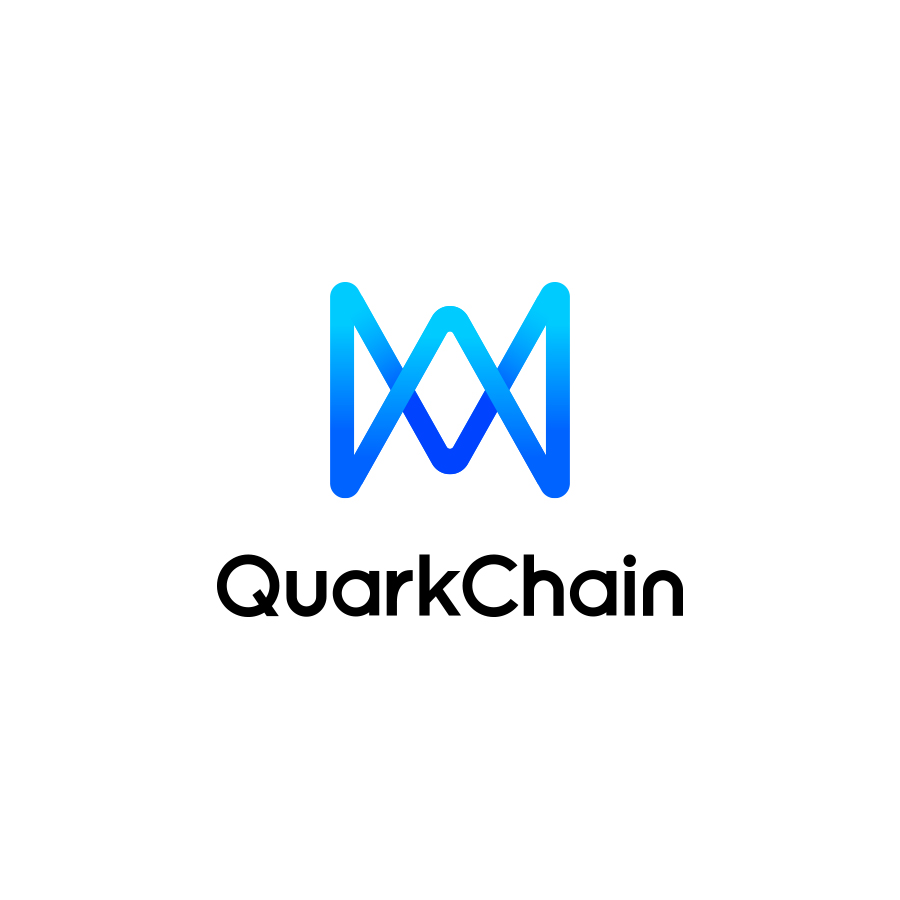
overview
overview
In this paper, we propose a scheme for instant Optimistic ERC20 transfer (ie bridge) between two EVM-based chains. Rather than the user having to wait for a long challenge time, in most Optimistic solutions (eg,Optimistic bridge between mainnet and POS chainProgram premise
Program premise
● Source chain S with token T
● Target chain D with Wrapped Token W
● Users who want to exchange token T on the source chain S for token W on the target chain D at a ratio of 1:1
The basic idea is to allow anyone to be a minter who can mint tokens W infinitely, as long as:
Basic Design Concept
The basic idea is to allow anyone to be a minter who can mint tokens W infinitely, as long as:
● Sum of recent CHALLENGE_PERIOD minted values <= value of collateral locked by minters on target chain D / COLLATERAL_RATIO; and
Example (good case)
Example (good case)
A user wants to transfer USDT from ETH (source) to BSC (destination). Suppose COLLATERAL_RATIO (collateralization ratio) = 2, CHALLENGE_PERIOD (challenge period) = 1 day. The minter has locked 100k Warpped USDT on BSC as collateral, which means it can mint up to 50k USDT in any 1-day window on BSC.
● At time 0, user 1 locks/transfers 20k USDT from ETH, the minter detects the event and mints 20k WUSDT to the user on BSC (the remaining quota is 30k at this time).
● At time 12h, user 2 locks/transfers 30k USDT from ETH, and the minter detects the event and mints 30k WUSDT to the user on BSC (the remaining quota is 0 at this time).
● At time 18h, user 3 locks/transfers 10k USDT from ETH, the minter monitors the event, however, it cannot mint any WUSDT because it has minted 50k in the most recent 1-day window.
secondary title
text
Assuming PENALTY_RATE (penalty rate) = 1
● At time 0, User 1 locks/transfers 20k USDT from ETH. The minter detected the event, however, it minted 30k WUSDT, that is, an additional 10k WUSDT was minted to users on the BSC.
● Within CHALLENGE_PERIOD, the verifier captures the malicious minter and initiates a challenge to the minter on the BSC with a majority of votes.
secondary title
text
Assuming PENALTY_RATE = 1
● At time 0, the minter maliciously mints 50k WUSDT to himself on the BSC.
● Within CHALLENGE_PERIOD, the verifier captures the malicious minter and initiates a challenge to the minter on the BSC with a majority of votes.
If the destination chain has the same native token as the source chain (for example, USDT is issued on multiple chains), we can use the native token as collateral. When transferring tokens across chains, minters will not mint wrapped tokens, but withdraw tokens in the target chain contract, tokens may come from:
expand
Use Native Token instead of Wrapped Token on the target chain
If the destination chain has the same native token as the source chain (for example, USDT is issued on multiple chains), we can use the native token as collateral. When transferring tokens across chains, minters will not mint wrapped tokens, but withdraw tokens in the target chain contract, tokens may come from:
● Native token locked locally (and minted/withdrawn on another chain)
If the native token of the target chain is exhausted, the hybrid solution can support both the native token and the wrapped token on the target chain:
If the native token of the target chain is exhausted, the hybrid solution can support both the native token and the wrapped token on the target chain:
● If there is sufficient liquidity on the target chain. Only withdraw native tokens for cross-chain transfers;
In a hybrid solution, wrapped tokens can
In a hybrid solution, wrapped tokens can
● Locally convertible to the native token as long as there is sufficient liquidity; or
text
other extensions
● Initial Wrapped Token transfer. Since minter collateral may not have wrapped tokens, we can still use a two-step mechanism or majority vote to create these initial wrapped tokens.
● Supports multiple chains. Minters can listen to multiple chains, and as long as they find the corresponding lock/transfer event on any chain, they can mint.
● Change the validator set setting. We could start with a fixed set of validators with good reputations, but go further and change the protocol using the set of validators developed by the existing Optimistic bridge.
● Large transfers. The two-step request/challenge mechanism can still be used, and the minter can continue to mint until the large transfer is satisfied.
resemblance
resemblance
● It has some similarities with lending protocols (such as Compound/Aave) with different "borrowing" constraints.



